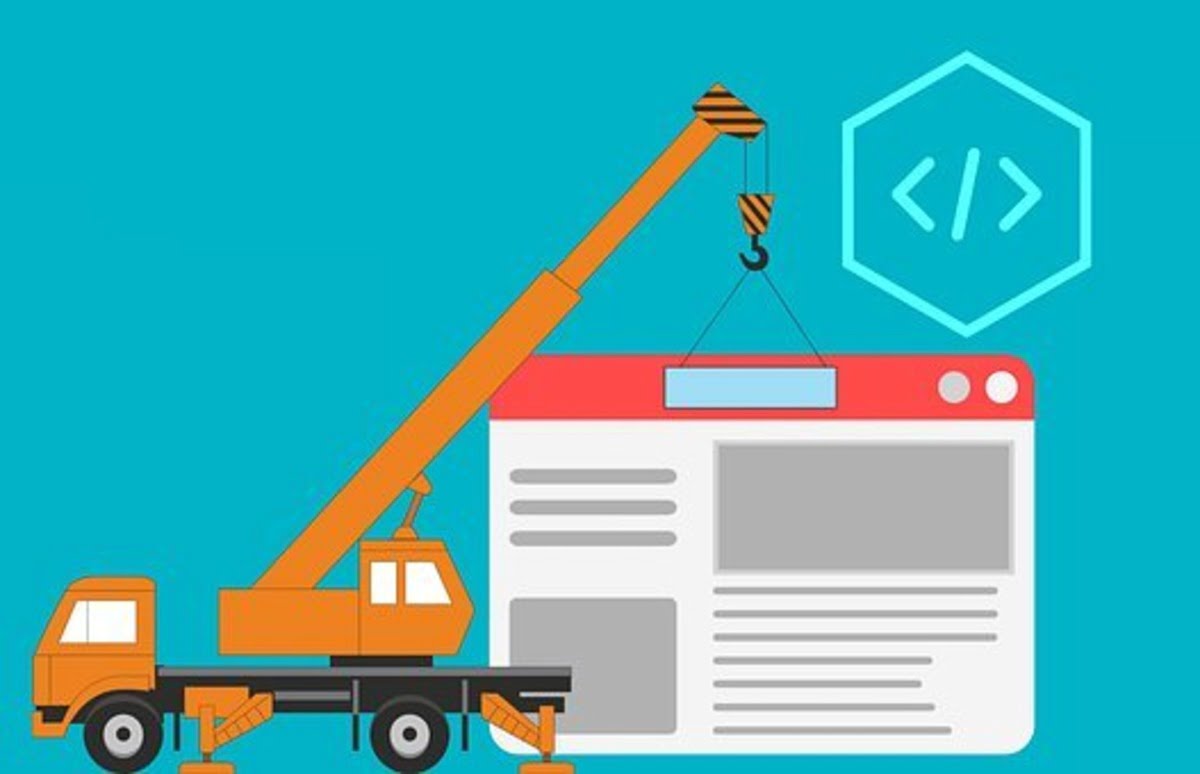A World of Stories at Your Fingertips: Accessing Books for the Blind
In today’s digital age, access to information has become easier than ever before. However, for individuals with visual impairments, accessing books and other written materials can still pose significant challenges. Fortunately, advancements in technology and the efforts of various organizations have made it possible for people who are blind or visually impaired to access a vast array of literature, opening up a world of stories at their fingertips.
Digital Books and Audio Formats:
One of the most significant advancements in accessibility for the visually impaired community is the availability of digital books and audio formats. Through audiobooks, individuals with visual impairments can immerse themselves in captivating stories, learn new skills, and explore a wide range of topics. Many online platforms offer extensive libraries of audiobooks, allowing users to browse and download titles with ease.
Furthermore, advancements in e-book technology have made it possible to convert written text into accessible formats, such as braille displays or screen readers. This technology enables individuals with visual impairments to read books on electronic devices, providing them with greater independence and flexibility in accessing written content.
Accessible Libraries and Services:
Libraries play a crucial role in providing access to books and resources for individuals with visual impairments. Many libraries offer specialized collections of braille books, large-print materials, and audiobooks specifically tailored to the needs of blind and visually impaired patrons. Additionally, libraries may provide assistive technologies, such as braille embossers and magnification devices, to facilitate access to written materials.
In addition to traditional library services, there are also organizations dedicated to providing accessible books and resources for individuals with visual impairments. These organizations often offer specialized services, such as audio descriptions for movies and television shows, tactile graphics for educational materials, and braille transcription services.
Community Support and Advocacy:
Beyond technological advancements and accessible services, community support and advocacy are essential for ensuring equal access to literature for individuals with visual impairments. Advocacy efforts help raise awareness about the importance of accessibility and encourage policymakers, publishers, and technology developers to prioritize the needs of the visually impaired community.
Furthermore, community support networks provide individuals with visual impairments the opportunity to connect with others facing similar challenges, share resources and information, and advocate for their rights. By working together, members of the visually impaired community can support greater accessibility in education, employment, and society as a whole.
Conclusion:
In conclusion, access to books and literature is essential for personal enrichment, education, and enjoyment. For individuals with visual impairments, accessing written materials can be challenging, but thanks to advancements in technology, accessible services, and community support, accessing books for vision impaired individuals has never been easier. Organizations like Living Paintings are at the forefront of these efforts, providing tactile and audio resources that allow individuals with visual impairments to experience the joy of reading and storytelling in innovative ways. By continuing to support and advocate for accessibility initiatives, we can ensure that everyone, regardless of visual ability, has access to a world of stories at their fingertips.
Read also: IGNOU University




